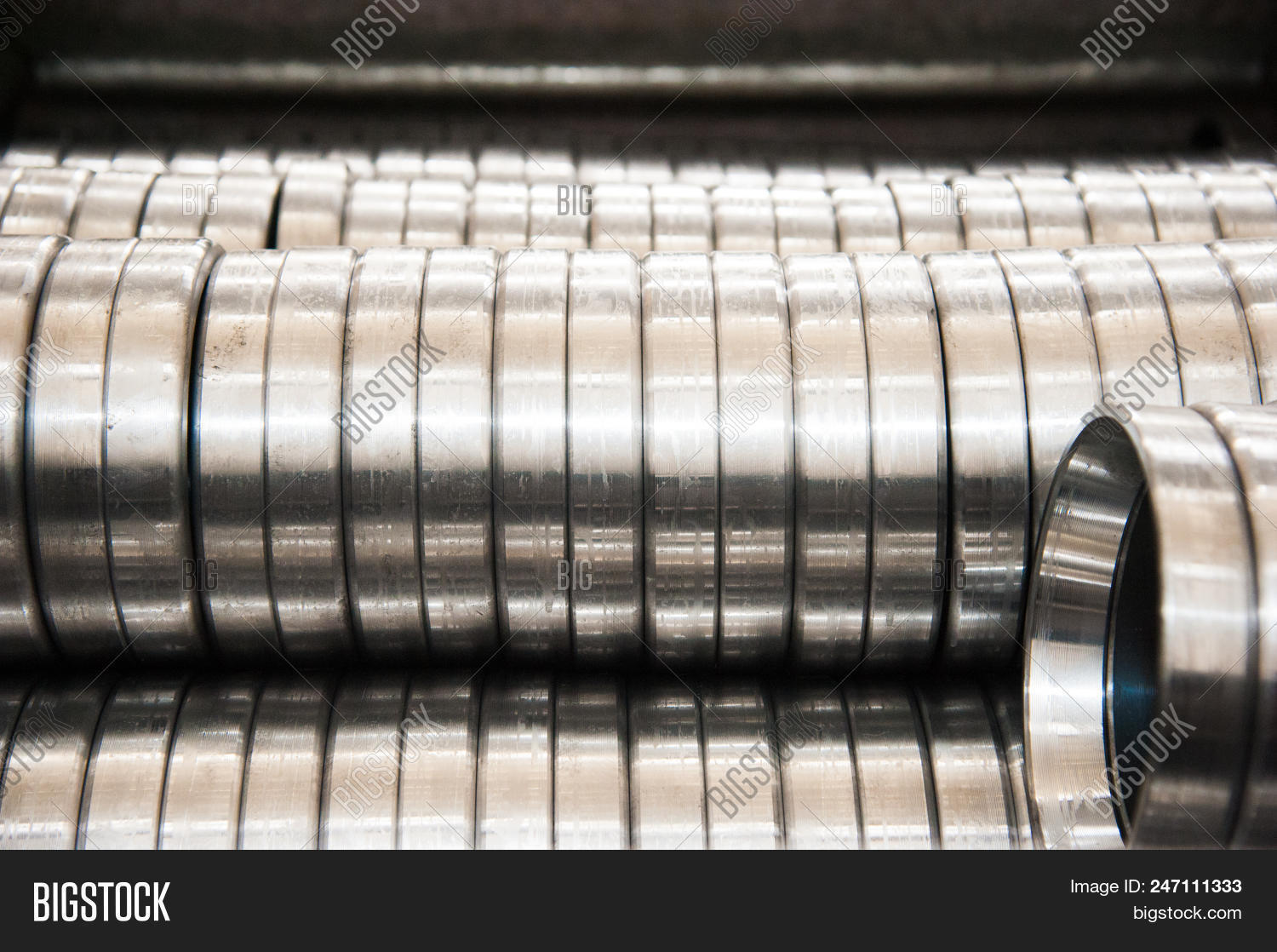Understanding Bearing Types Choosing right
Understanding Bearing Types Choosing right
Blog Article

Choosing the right bearing can feel like navigating a maze. With countless options available, each designed for specific applications, the decision can quickly become overwhelming. For instance, did you know that the wrong bearing selection can lead to equipment failure, increased maintenance costs, and significant downtime? Understanding the key factors in bearing selection is essential for ensuring optimal performance in machinery and industrial applications.
Understanding Bearing Types
Bearings come in various types, each with distinct characteristics suited for different applications. The most common types include ball bearings, roller bearings, and needle bearings. Ball bearings are often used in applications with low to moderate loads, while roller bearings can handle higher loads due to their larger surface area. Needle bearings, on the other hand, are ideal for applications with limited space but require high load capacities.
Another crucial distinction is between tapered roller bearings and spherical roller bearings. Tapered roller bearings are designed to handle both radial and axial loads, making them suitable for applications like automotive wheel hubs and heavy machinery. Spherical roller bearings, with their ability to accommodate misalignment, are often found in gearboxes and conveyor systems. To assist with your choices, consulting a Bearing selection guide can provide valuable insights.
Load Considerations
Understanding the types of loads that bearings will encounter is crucial. Bearings are typically subjected to radial loads, axial loads, or a combination of both. Radial loads act perpendicular to the shaft, while axial loads run parallel. For example, in a motor application, the bearings must withstand both types of loads efficiently. Selecting bearings that can handle the specific load conditions will extend the life of the machinery and reduce the risk of failure.
[IMAGE]
Speed and Temperature Factors
Another significant factor in bearing selection is the operational speed and temperature range. Bearings are rated for specific maximum speeds, and exceeding this limit can lead to premature failure due to heat generation. Likewise, if a bearing operates in a high-temperature environment, it must be made from materials that can withstand such conditions without degrading. For example, ceramic bearings are excellent for high-speed and high-temperature applications, while standard steel bearings may falter under similar conditions.
Material Selection
The material used in bearing construction directly impacts performance and lifespan. Common materials include chrome steel, stainless steel, and ceramics. Chrome steel is often used for its durability and cost-effectiveness, but in corrosive environments, stainless steel may be necessary to prevent rust and corrosion. Ceramics, while more expensive, offer superior wear resistance and lighter weight, making them ideal for specialized applications.
Environmental Considerations
Bearings also face environmental challenges that can affect their performance. Factors such as dirt, moisture, and chemicals can lead to contamination, which may result in increased wear and reduced efficiency. Sealed or shielded bearings can help protect against these elements, extending their lifespan and ensuring reliable operation. In applications exposed to extreme conditions, specialized lubrication methods may also be necessary to maintain optimal performance.
Conclusion
Choosing the right bearing is not merely a matter of picking an option from a catalog; it involves a thorough understanding of the application requirements, environmental conditions, and load characteristics. By taking the time to analyze these factors and consult resources like a Bearing selection guide, you can make informed decisions that enhance the efficiency and reliability of your machinery. Ultimately, the right bearing can lead to improved performance, reduced costs, and a longer operational lifespan for your equipment.
Report this page